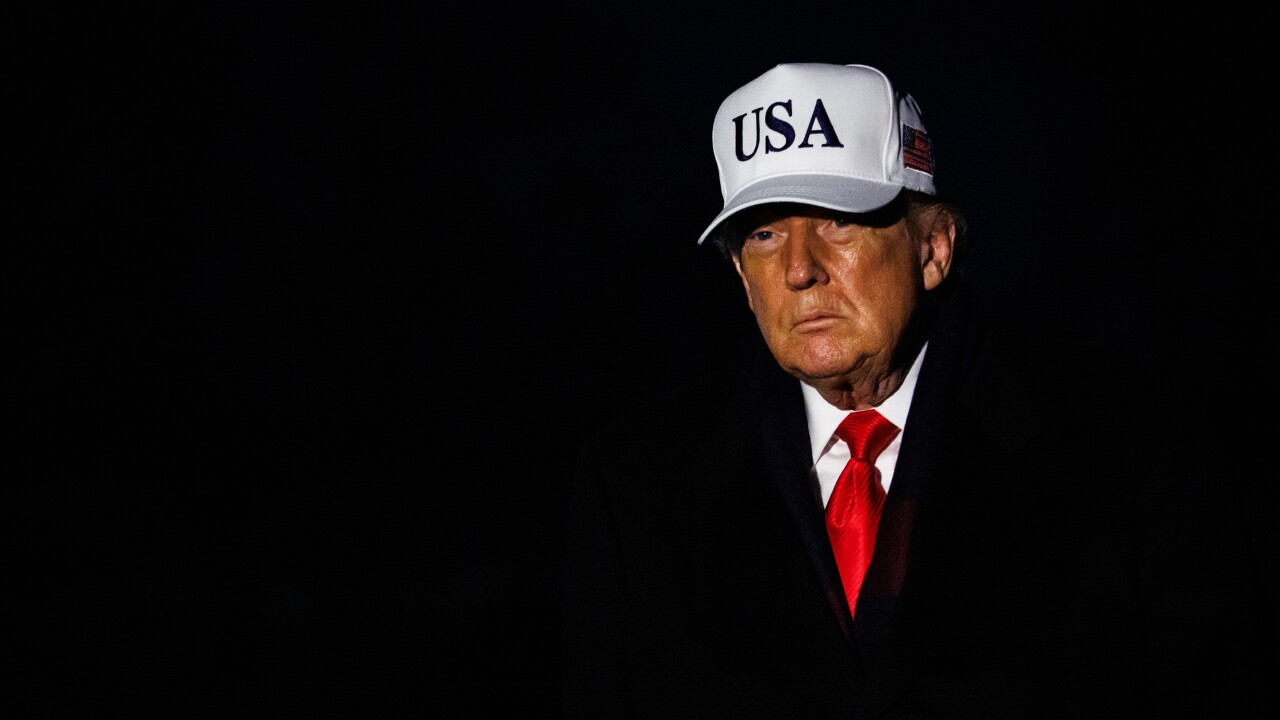-
BB&T has introduced a contemporary twist on teaching leadership to employees and students: a mobile gaming app with medieval characters. The app is the latest example of how banks are deploying gaming tactics to engage an audience.
October 17 -
The bank launched a social media game this week to promote use of its mobile deposit functionality, a feature it launched about a month ago, while also aiming to grow its fan base.
September 24 -
A year ago, bank executives were taking a hard look at credit cards if they didn't offer one, they were seriously considering it; and if they already offered a card, they wanted to boost its profile. The moves have paid off with huge growth rates.
August 26 -
The long-awaited rebound in credit card loans has arrived, fueled by looser credit standards and a larger appetite for debt among U.S. households.
June 26
The Bank of Hawaii has launched a playful app to market its credit card program as
The game, SimpliSavvy, launched this month as a way to draw smartphone users' attention to perks associated with the Bank of Hawaii's two-year-old credit card program, MyBankoh. The bank, of course, hopes the app will make its brand top of mind with consumers who are more familiar with, say, Capital One, and who are less likely to come into one of its branches.
Its ambitions are serious, but bank officials joked about how they are trying to keep things in perspective.
"We don't expect to be Candy Crush," said Tony DeSanctis, Bank of Hawaii's senior vice president and credit card manager.
The
Bankers have made educational games a hot topic in recent years.
The games differ but the end goal is the same: motivate people to learn more about something through a medium more contemporary than print or radio.
"It's a way to help educate without saying 'here is medicine, read this boring fact,'" said Stessa Cohen, research director at Gartner. "It's to instill some fun into it."
And, of course, a mobile game is meant to engage an audience more effectively. For example, the most-used feature of a children's financial literacy app, Banker Jr., is in fact the gaming element.
"I just think anytime you can make something fun, it's easier for people to consume," said Kathleen Craig, founder and president of
And certainly, credit card programs can be a convoluted subject. Young companies like Wallaby have created mobile apps to
Few banks, however, have rolled out standalone mobile apps to market a particular service yet.
Some observers worry about danger in banks' making light of serious financial matters.
There is a delicate balance between "cool" and "kooky," said Brian Riley, a research director with CEB TowerGroup. "Banks need to be hip, but at the end of the day, they need to be banks."
In Riley's opinion, areas of banking that could be suited for games include teaching newly banked customers about the perks associated with a product and then graduating them to higher levels of the game as their banking relationship progresses.
But regardless of what the game is, financial institutions will need to cover the marketing basics, such as defining the audience and the purpose of the game before investing in any app, analysts say. Then, they will be tasked to promote the end product through various channels.
"Otherwise, it could be a great game that's out there but nobody knows about it," said Gartner's Cohen. "It won't sell itself."





